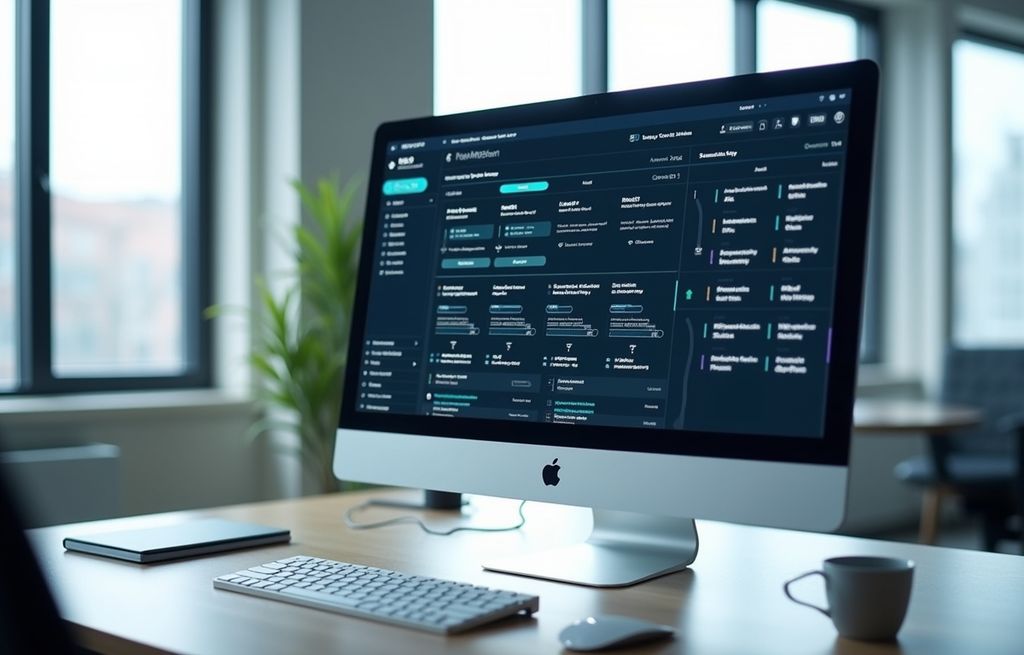What Are the Best Settings for n8n Workflows?


When diving into n8n workflows settings, it's essential to configure your automation correctly to maximize efficiency and reduce errors. Whether you're new to n8n or have been using it for some time, fine-tuning these settings can greatly enhance your workflow performance.
Getting Started with n8n Automation Settings
The foundation of smooth automation is often laid during the initial setup phase. n8n automation settings allow you to control how your workflows get triggered and executed. A well-planned trigger setup ensures that your workflows activate at the right time, responding precisely to the events you want to automate.
Scheduling settings in n8n provide flexibility for repetitive tasks, letting you define when workflows should run without manual intervention. By configuring task scheduling in n8n, you can optimize resource use and perform background tasks efficiently.
Optimizing n8n Workflow Execution
Proper workflow execution settings are crucial to ensure your automation runs reliably. Adjusting parameters like the concurrency and execution timeout helps prevent bottlenecks and excessive resource consumption. These settings play a vital role in task automation, particularly when managing multiple workflows simultaneously.
Additionally, n8n's environment variables give you the power to create dynamic workflows that adapt easily to different circumstances. Leveraging these can simplify your n8n workflow configuration and boost maintainability.
Enhancing n8n Workflow Management through Node Settings
Each node within your workflow behaves like a building block, and fine-tuning n8n node settings can vastly improve overall performance. Adjust node execution options based on your data input size and complexity to avoid delays.
n8n data mapping is another critical factor—setting this up correctly allows for smooth data flow between different nodes and API integrations. This reduces errors and ensures your automation processes data accurately.
Handling Errors Effectively
No automation system is foolproof, but n8n offers robust error handling mechanisms. By configuring error workflows and retries, you can prevent workflow failures from stopping your business processes. Taking advantage of these n8n error handling settings adds reliability to your automation workflows.
Custom Functions and Authentication Methods in n8n
For advanced customization, n8n custom functions enable you to write tailored scripts within your workflows. These functions can handle specific data transformations or branching logic beyond the standard node capabilities.
Security is equally important, so n8n authentication methods should be set up carefully. Whether you're working with OAuth2, API keys, or other protocols, ensuring proper authentication safeguards your workflow automation and API integrations effectively.
Leveraging the Visual Workflow Editor and Webhook Configuration
One of the standout features is the n8n visual workflow editor, which makes designing and adjusting workflows intuitive and less prone to errors. Using drag-and-drop functionality simplifies complex automation configuration.
Further, n8n webhook configuration is a powerful setup for real-time data handling. Properly configured webhooks let your workflows respond instantly to external triggers, enhancing responsiveness and interaction with third-party services.
By combining these settings—trigger setup, workflow execution, node optimization, error handling, custom scripting, and security methods—you create a robust environment that takes full advantage of n8n's capabilities. This holistic approach to n8n workflows setting ensures smooth, efficient, and secure automation tailored to your needs.
Ready to Transform Your Business?
Unlock growth with AI-driven efficiency and targeted Local SEO. Let's build your future, together.


